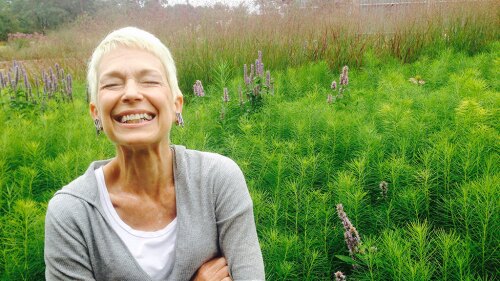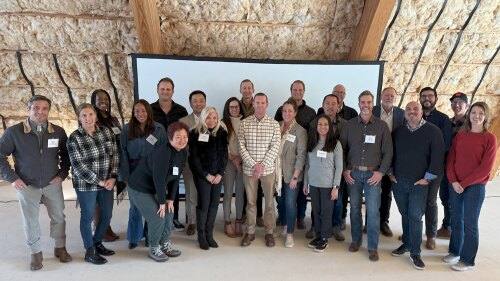Seoul’s Bukchon Hanok Village is a 600-year-old traditional settlement located in the southern part of the city that was once home to the aristocratic families of Korea’s Joseon dynasty. Although many of the area’s historic hanok homes have disappeared over the centuries, rebuilding work during the 1930s ensured some 1,200 traditional homes still exist in the area.
Bukchon was designated a heritage district in 1983, but construction and preservation regulations were widely ignored, leading authorities to introduce a new multiyear plan to regenerate and conserve the area beginning in 2000. Key components of this framework were:
- Hanok registration system. Given a lack of consensus among property owners in the neighbourhood, individual residents were free to choose whether or not to register their hanoks. Those opting to do so became eligible for grants (up to US$80,000) and low-interest loans. Residents file their own renovation plans with heritage authorities, which must comply with official guidelines before approval. About half of Bukchon’s hanoks are currently registered. As of 2016, some US$23 million in grants and loans had been distributed.
- Creation of a field office Authorities created a permanently-staffed field office whose function was to liaise with the community, advise residents about renovation issues, and otherwise administer the conservation programme.
- Government purchase programme. An official acquisition programme was established to buy traditional homes of residents who no longer wanted them. Authorities have now bought 35 hanok buildings at market prices that have been converted to public use as museums, guest houses, workshops, and other cultural facilities.
- A hanok database. A database was created to map and record the location and attributes of each hanok building.
- Hanok renovation guidelines. Official rules established techniques for repairing the interior and exterior of traditional homes using modern materials and in ways suitable for modern lifestyles. Some of these guidelines (particularly those relating to building exteriors) were expanded and made compulsory after many property owners failed to comply on the grounds of cost – experience has shown that renovation of heritage buildings is an expensive exercise.
The government’s activities have also focused on identifying ways to improve the overall environment in Bukchon over and above restoration of individual properties. As a result:
- Illegal parking has been discouraged.
- Traffic in narrow alleys has been reduced.
- Local firefighting equipment and infrastructure have been installed.
- Refuse management has been improved.
- Electricity poles have been removed, and cables have been run underground.
- Traditional street surfacing has been restored.
- Informational signboards have been installed detailing significant historical and cultural resources for visitors.
Bukchon is now one of South Korea’s top tourist attractions, with more than 550,000 visitors in 2016.






